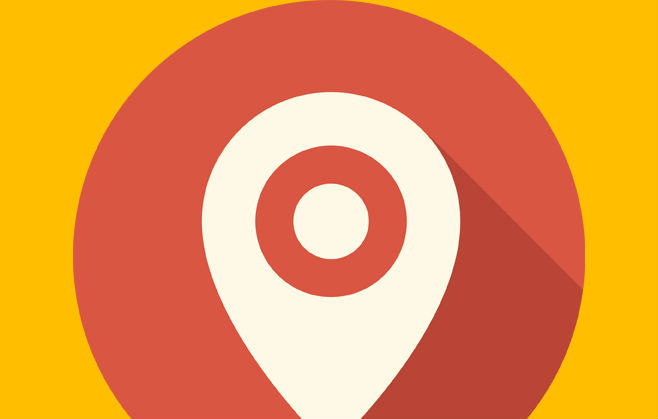
Making the Pinterest experience all the more marketable
As we mentioned in an earlier blog post, Pinterest isn’t just for voyeurs imagining their dream homes and holiday destinations, it’s also a useful tool for discovering a minefield of information. But when it comes to marketing, users are looking to see this information presented coherently and creatively. So just how innovatively are brands using Pinterest today? We at The Practice were keen to find out, and share our predictions for what we might see next.
Brands and organisations in particular, have been quick to use Pinterest for marketing and promotional purposes, thanks to the site’s natural capacity for organizing content in a creative way. Gone are the days when marketers had to rely on catchy board names and enticing images for views, pins and followers, now, Pinterest’s newer tools allow for more innovative strategies. For example, Wedding Wire, a wedding planning company, uses place pins on one of its boards, highlighting popular wedding destinations. The place pins are interactively placed on a map, allowing users to check out potential locations and venues for their dream wedding. And while boards and individual pins are the main draw for users, some brands, such as Peugeot, are making sure that their home profiles are equally as eye-catching. The car company, at one point, created two adjacent boards with the back end of one of its cars on the first, while the front end was displayed on the second. This clever visual was used to advertise the new Peugeot 207 model, enticing viewers with a large and cleverly designed image.
Last week, the site announced that it would be updating its discovery tools, now giving users the chance to follow interests, as well as others. Instead of having to search for a particular pin, pins that fall under the category of that interest will automatically appear on a user’s feed. It’s this type of content discovery that will help Pinterest fans connect with each other, and other brands, whom they may not have before. With this development under way, it’s clear that the site wants marketers and individual users to be able to organize and collate the material they view and pin.
So how might this change lead to further innovation? We imagine that the rise in Pinterest for e-commerce will be strengthened by this move. Now, marketers might be able to use Pinterest’s categories as they would on their own website, creating pins that fall under titles such as clothes, and more specific sub-titles such as tops, trousers, and swimwear, for example. And brands have already caught on to the fact that Pinterest is a useful tool to gage external profitably, with US retailer, Target, even creating their own Pinterest-inspired site. Named, Target Awesome Shop, the site displays the company’s most pinned products for customers to purchase, as well as top trending items. With Pinterest functioning more and more as a search engine for discovering your favourite items or topics, we have no doubt that it will soon become a go-to destination for social shopping.
Do you use Pinterest in your personal time, as part of your marketing strategy, or both? How else do you think brands and individuals will continue to innovate when it comes to using the platform? We’d love to hear your thoughts, so please tweet to us @PracticeDigital, and share your comments on our Facebook page too.




